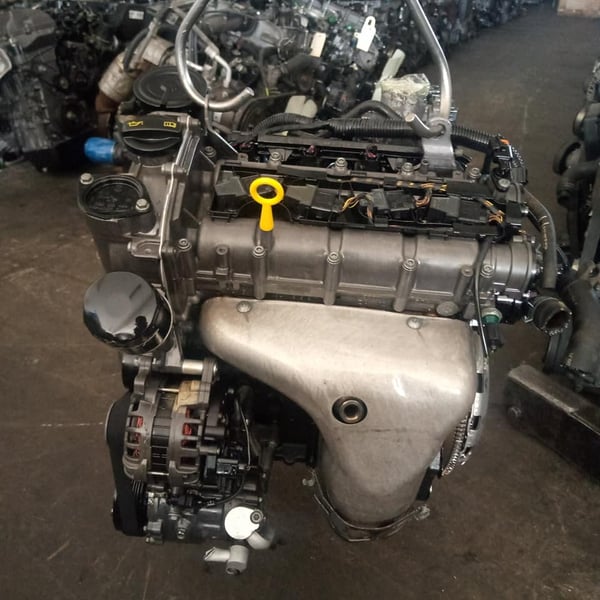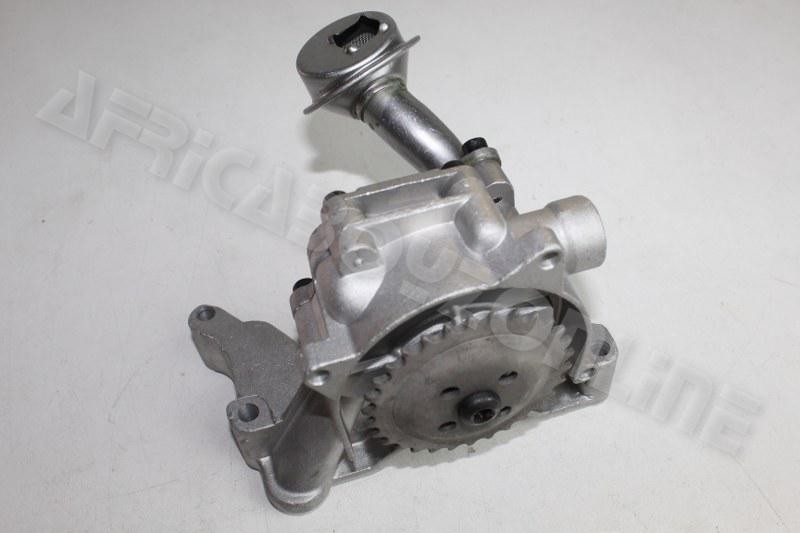The Duty of a Clp Engine in Revolutionizing Engine Performance and Sustainability
The introduction of CLP engine technology provides a pivotal moment in the vehicle market, where efficiency and sustainability merge in unmatched means. By enhancing burning processes and permitting dynamic adjustments in compression ratios, these engines not only assure boosted fuel effectiveness and minimized emissions but also obstacle traditional design standards. As the sector comes to grips with journalism requirement for greener remedies, the implications of taking on CLP modern technology expand far past plain efficiency metrics. What remains to be seen is exactly how these technologies will certainly reshape the future landscape of vehicle design and environmental obligation.
Comprehending CLP Engine Technology
As the automotive market continually looks for innovative options to enhance performance and efficiency, recognizing CLP engine technology ends up being vital. The term CLP represents Compression-Low Pressure, an innovative engine design that concentrates on optimizing combustion processes and reducing emissions. This innovation runs by maintaining a low-pressure setting within the burning chamber, which assists in a more total gas burn and minimizes unburned hydrocarbons.
One of the crucial features of CLP engine modern technology is its ability to readjust the compression proportion dynamically. This adaptability allows the engine to run effectively across numerous driving conditions, improving gas economic climate while simultaneously improving power result. Furthermore, CLP engines take advantage of progressed materials and layout concepts to lower weight and thermal losses, better adding to total performance.
Furthermore, the assimilation of digital control systems plays an essential duty in taking care of the engine's efficiency specifications. These systems make it possible for real-time adjustments to ignition timing and gas injection, optimizing burning for both power and performance. By comprehending CLP engine innovation, stakeholders in the auto industry can better value its capacity in driving the future of engine design, performance, and sustainability.
Efficiency Enhancements Offered
CLP engine technology supplies substantial efficiency enhancements that establish it apart from conventional engine layouts. One of the primary benefits of CLP engines is their capacity to operate efficiently across a broader variety of speeds and tons. This versatility translates right into improved torque delivery and acceleration, providing a much more responsive driving experience.
Furthermore, the advanced combustion process utilized in CLP engines optimizes fuel-air mixing, leading to greater thermal performance. This enhancement not just makes the most of power output but likewise decreases energy loss, causing an engine that executes better under various problems.
In addition, the modular architecture of CLP engines enables easier integration with crossbreed systems, enhancing their performance possibility - clp engine. This flexibility allows makers to make cars that deal with consumer requirements without sacrificing agility or power
The precision engineering associated with CLP technology additionally adds to reduce rubbing and wear, boosting engine durability and decreasing the regularity of maintenance. Generally, these performance improvements setting CLP engines as a leading choice in the quest of high-performance, trustworthy, and functional engine options.
Environmental Advantages of CLP Engines
Among one of the most compelling advantages of CLP engines lies in their ecological benefits, which are increasingly vital in today's auto landscape. These engines are designed to enhance fuel effectiveness, dramatically lowering top article carbon emissions compared to conventional combustion engines. By making use of advanced combustion techniques and innovative products, CLP engines advertise cleaner exhaust outcomes, adding to improved air quality.
Additionally, the reduction in fuel consumption not only leads to lower greenhouse gas discharges but also conserves valuable all-natural sources. As fossil gas reserves diminish, the shift in the direction of CLP technology stands for a calculated step towards sustainability. The engines are frequently suitable with alternative fuels, even more boosting their ecological allure and enabling for a varied power profile.
In addition, the lightweight layout of CLP engines assists decrease automobile weight, which subsequently lowers the power needed for propulsion. This leads to reduced functional power consumption and a lessened ecological impact. In recap, CLP engines stand at the forefront of initiatives to reduce climate change and advertise sustainable techniques in the auto industry, symbolizing a future where efficiency and ecological responsibility are not mutually special.
Comparison With Standard Engines
While conventional engines have long dominated the automobile market, the intro of CLP technology presents a significant change in performance and effectiveness. Traditional interior burning engines mainly depend on fuel burning, which not just limits thermal performance yet also adds to higher discharges. On the other hand, CLP engines utilize innovative thermal monitoring and a distinct combustion process, enhancing fuel effectiveness and considerably lowering greenhouse gas emissions.
In addition, traditional engines operate on set power curves, which can hinder efficiency in differing driving conditions. CLP engines, nevertheless, are developed to adjust their efficiency dynamically, providing optimal power distribution based on real-time demands. This flexibility leads to improved acceleration, responsiveness, and general driving experience.
Upkeep additionally differs considerably; typical engines usually require regular oil adjustments and component substitutes due to damage. clp engine. CLP engines, with fewer moving components, promise lowered maintenance demands and longer functional life expectancies

Future Prospects and Innovations
As the vehicle landscape advances, the future of engine modern technology is significantly concentrated on innovations that improve efficiency and sustainability. The Clp engine, with its Click This Link unique design and operational performances, is positioned to play a critical function in this improvement. Future developments may include advancements in products scientific research, allowing the building of lighter and extra sturdy parts, thus minimizing general lorry weight and improving gas performance.
Additionally, the integration of artificial intelligence and artificial intelligence right into engine visit their website administration systems is expected to maximize efficiency dynamically, permitting real-time changes based upon driving conditions. These developments can additionally lessen emissions and improve power usage.
Additionally, study into different fuels, consisting of hydrogen and biofuels, offers amazing opportunities for Clp engines, aligning performance with environment-friendly initiatives. clp engine. As governing frameworks end up being more stringent, the fostering of such technologies will be critical in accomplishing sustainability objectives without jeopardizing power
Final Thought
